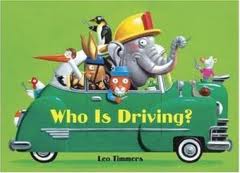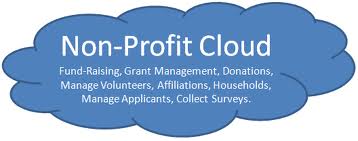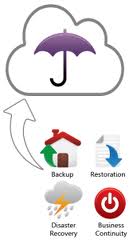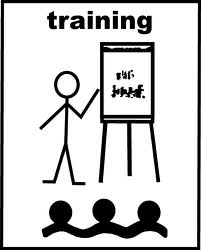 Welcome to O.D. Fridays at DonorDreams blog. Every Friday for the foreseeable future we will be looking more closely at a recent post from John Greco’s blog called “johnponders ~ about life at work, mostly” and applying his organizational development messages to the non-profit community.
Welcome to O.D. Fridays at DonorDreams blog. Every Friday for the foreseeable future we will be looking more closely at a recent post from John Greco’s blog called “johnponders ~ about life at work, mostly” and applying his organizational development messages to the non-profit community.
Today, we’re focusing on a post that John titled “My Other Two Dogs“. In this post, he shares an old Native American story about two dogs as it is told by Harold Kushner in his book Living a Life That Matters. It is a great story about how every day most of us struggle to maintain a balance between good and bad.
While John’s post is complex and can easily take you in many different directions, I immediately started thinking about donors. You know . . . those generous people who write checks to your non-profit organization because they believe you’re going to change the world.
I have seen this tendency to blame the donor for our woes. It doesn’t happen all of the time. It typically happens during our darkest hour when a fundraising campaign is falling short of its goal or our agency’s annual budget is projected to slip into deficit.
I’ve seen it often enough to know that this behavior is not atypical. If you’re still trying to get your arms around what I’m talking about, here are a few examples:
- “If all of our donors just sacrificed a little harder and donated what it likely spend on Starbucks coffee every week, then our agency would have more than enough funding to do everything that needs to be done!”
- “If every person who lives in our community would just give us $5 per year, then . . .”
- “Oh yeah, sure . . . who does that guy think he is blaming the economy and the housing market for his inability to donate $50 to the annual campaign. It isn’t an inability, it is an unwillingness. Geez, it’s just fifty bucks!”
 I can go on and on with examples of where we blame the donor for our woes, but I think you get the idea.
I can go on and on with examples of where we blame the donor for our woes, but I think you get the idea.
I need to also confess that one of those examples came right out of my mouth yesterday. Yes, I am a bit embarrassed because I like to think that I am a bigger person than that and a more savvy fundraising professional. However, this realization simply confirms for me that John is right on target in his post “My Other Two Dogs“.
ALL OF US (or at least most of us) are faced with this struggle for balance every single day of our lives. It manifests itself in our personal relationships, and it is likely present throughout the work day. We must work at maintaining balance because it will not naturally occur. If you’re not vigilant, then you run the risk of slipping. In the case of fundraising, you run the risk of saying something in front of a donor, board member or volunteer that could have lasting repercussions.
If your non-profit organization is struggling with fundraising, you need to look internally. The following are a few questions I suggest you ask yourself:
 What does your written case for support look and sound like? Does it convincingly “make the case” for donors to write a check or can it use some tweaking?
What does your written case for support look and sound like? Does it convincingly “make the case” for donors to write a check or can it use some tweaking?- How do your fundraising volunteers use your agency’s written case statement? Are they using it? Or does there need to be more training provided?
- Do you and your fundraising volunteers look and sound like they’re having FUN while soliciting for a special event or pledge drive? Or is the energy level down and do people sound like they can’t wait for it to be done and over?
- Structurally speaking . . . what tactics are you using to inject a sense of “mission-focus” into your fundraising efforts?
As John suggests in his blog post, we need to keep “feeding” the good dog so that the “bad dog” doesn’t win. I hope some of these suggestions provide you with some “food”.
Have you ever found yourself channeling that bad dog? How do you guard against it? What do you feed that good dog to remain focused on all of the right things associated with your resource development program? Please scroll down and share a few of your tips and tricks in the comment box below. We can all learn from each other.
Here’s to your health!
Erik Anderson
Founder & President, The Healthy Non-Profit LLC
www.thehealthynonprofit.com
erik@thehealthynonprofit.com
http://twitter.com/#!/eanderson847
http://www.facebook.com/eanderson847
http://www.linkedin.com/in/erikanderson847
































